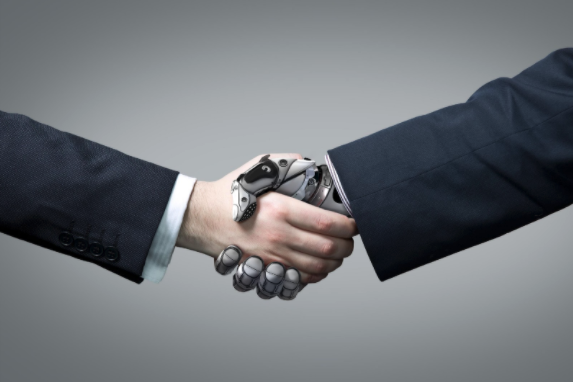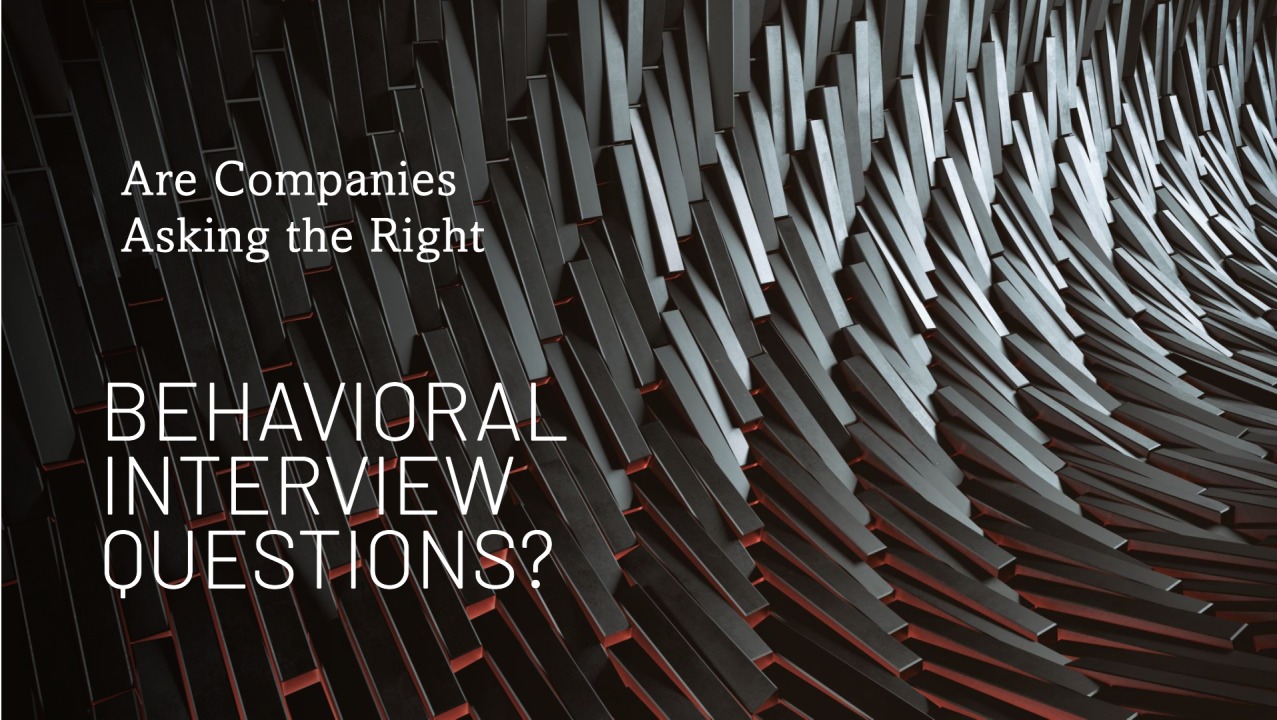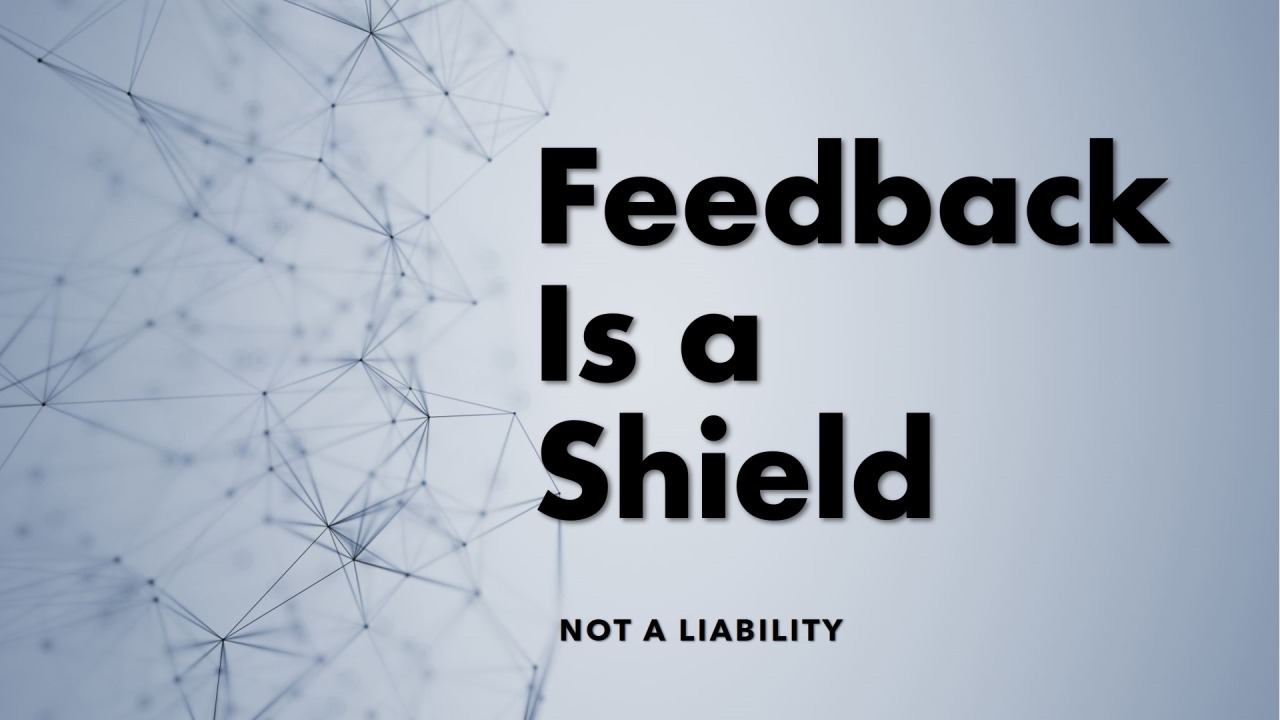Managers do their best to hire the people they believe will be the best employees. But they are not as good as algorithms when it comes to predicting future success on the job.
The “man”-ager may be enthusiastic about a particular candidate for any number of reasons – they really “clicked” in the interview, the applicant was recommended by a friend, they come from the manager’s hometown, or any other bias that has nothing to do with job performance. It is hard to ignore those gut reactions and emotional signals, but managers are probably placing too much weight on them.
The “machine” uses algorithms that combine much more data than the manager can collect about what drives good worker outcomes. The analysis is based on large data sets and the algorithms are “trained” to recognize patterns related to future job performance. There is a ton of research that shows employees hired using algorithms and computer analysis out-perform others and stay longer, increasing productivity and reducing costs.
But using algorithms and data analysis in hiring does not mean the machine makes the decision. For the best results, it means using both humans and data to make a hiring decision. It means that using machines (assessments and data analysis), managers get the hiring data they need, but cannot get from a resume or an interview. Check out hiring research from @HBSWK in Discretion in Hiring and Man vs. Machine, and download this step-by-step Guide to Hiring Success.
The “man”-ager may be enthusiastic about a particular candidate for any number of reasons – they really “clicked” in the interview, the applicant was recommended by a friend, they come from the manager’s hometown, or any other bias that has nothing to do with job performance. It is hard to ignore those gut reactions and emotional signals, but managers are probably placing too much weight on them.
The “machine” uses algorithms that combine much more data than the manager can collect about what drives good worker outcomes. The analysis is based on large data sets and the algorithms are “trained” to recognize patterns related to future job performance. There is a ton of research that shows employees hired using algorithms and computer analysis out-perform others and stay longer, increasing productivity and reducing costs.
But using algorithms and data analysis in hiring does not mean the machine makes the decision. For the best results, it means using both humans and data to make a hiring decision. It means that using machines (assessments and data analysis), managers get the hiring data they need, but cannot get from a resume or an interview. Check out hiring research from @HBSWK in Discretion in Hiring and Man vs. Machine, and download this step-by-step Guide to Hiring Success.





